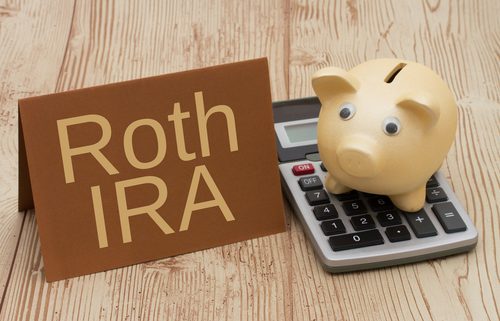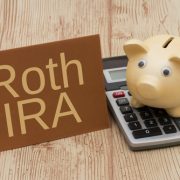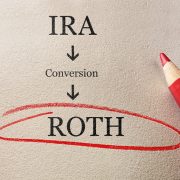Statistics You Need to Know About Self-Directed Roth IRAs
Why do investors flock to Roth IRAs? There are a few reasons. People love the idea that the money they put in a Roth IRA has already been taxed—since the contributions are after-tax contributions—and this gives them a tremendous amount of retirement freedom. But when it comes to Self-Directed Roth IRAs, there is more than one useful fact that can help investors understand just how powerful these accounts can be as retirement investment vehicles. Let us look at some of the key statistics investors need to know.
19% of U.S. Households Own a Roth IRA
Are Roth IRAs a unique quirk of the tax system, exploited by the few? Not according to the statistics. The statistics show that they are one of the most popular retirement accounts around, with 19% of U.S. households holding one. The total amount of U.S. households who own either a Traditional or a Roth IRA is 42.4 million. If anything, it should be surprising to investors that these numbers are so low, especially given the advantages of the Roth IRA.
The statistics demonstrate that Roth IRAs are popular—but not as popular as they perhaps should be. That may be because investors often turn to employer-sponsored plans, such as a 401(k), for their investing. And for that reason, the number of people who own a Roth IRA demonstrates the fact that many investors could be using retirement accounts to their advantage and are sometimes unwilling to do so. And with the advantages of Self-Directed Roth IRAs, we expect the numbers indicate that far too few Americans know about these options.
The Early 2010s Saw Stunning Growth Numbers for the Roth IRA
According to Fool, as of 2013, fewer than one third of all IRA accounts were Roth IRAs. This again demonstrates just how few people take advantage of this type of account. But there was good news: between 2010 and 2013, Roth IRA account balances took off in a hurry, increasing by 51.6%. That is compared with just 28.3% in Traditional IRAs.
What are we to make of these numbers? There may a few factors, but one thing is clear: in the early 2010s, when many millennial investors were just beginning to hit the retirement investment market, Roth IRAs were taking off in a hurry, especially when compared to the Traditional IRA. One reason was that investors simply preferred to contribute to Roth IRAs, outpacing the Traditional IRA contributions by over $1 billion in 2013.
The success of the Roth IRA during these years also points to more people opening Roth IRA accounts, which suggests that people are beginning to catch on.
The Minority of Retirement Investors Maxed Out Their Roth IRA Contributions
Both Traditional and Roth IRAs have low contribution limits, and those limits were even lower back in 2013, when many of these statistics were gathered. Back in 2013, only 39.9% of investors maxed out their Roth IRA contributions, less than the almost half of Traditional IRA investors who did the same. Why is this?
The Roth IRA is more challenging to max out because it uses after-tax dollars, whereas contributions to other accounts can be tax-deductible. For this reason, it is important for Self-Directed Roth IRA investors to understand what they can contribute, and to create a plan.
The Self-Directed Roth IRA has all of the advantages of a Roth IRA, but the self-direction means that investors can open themselves up to all sorts of investment options, including real estate, precious metals, and more.
Interested in learning more about Self-Directed IRAs? Contact American IRA, LLC at 866-7500-IRA (472) for a free consultation. Download our free guides or visit us online at www.AmericanIRA.com.








